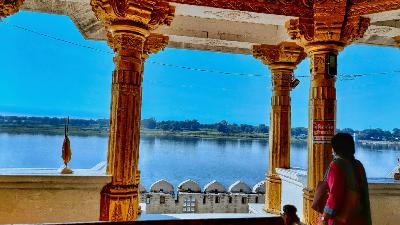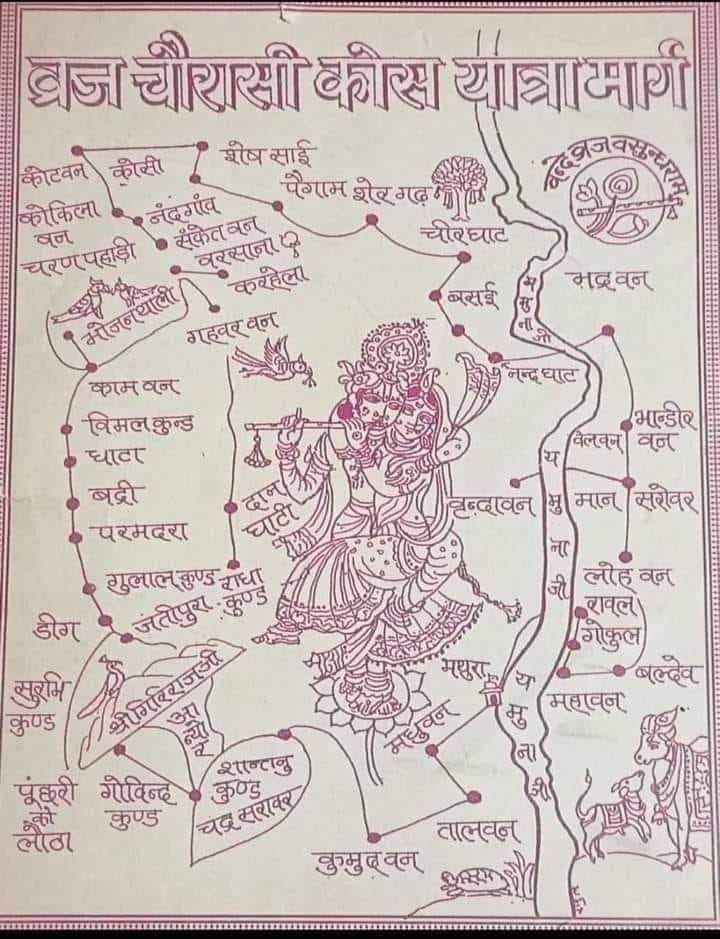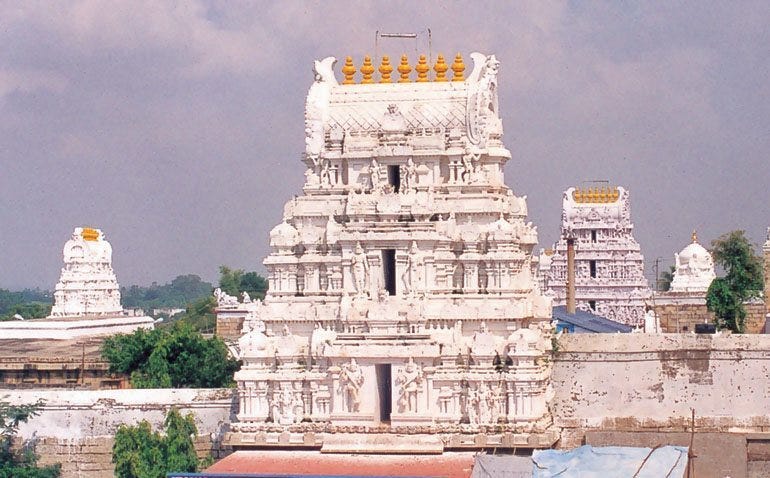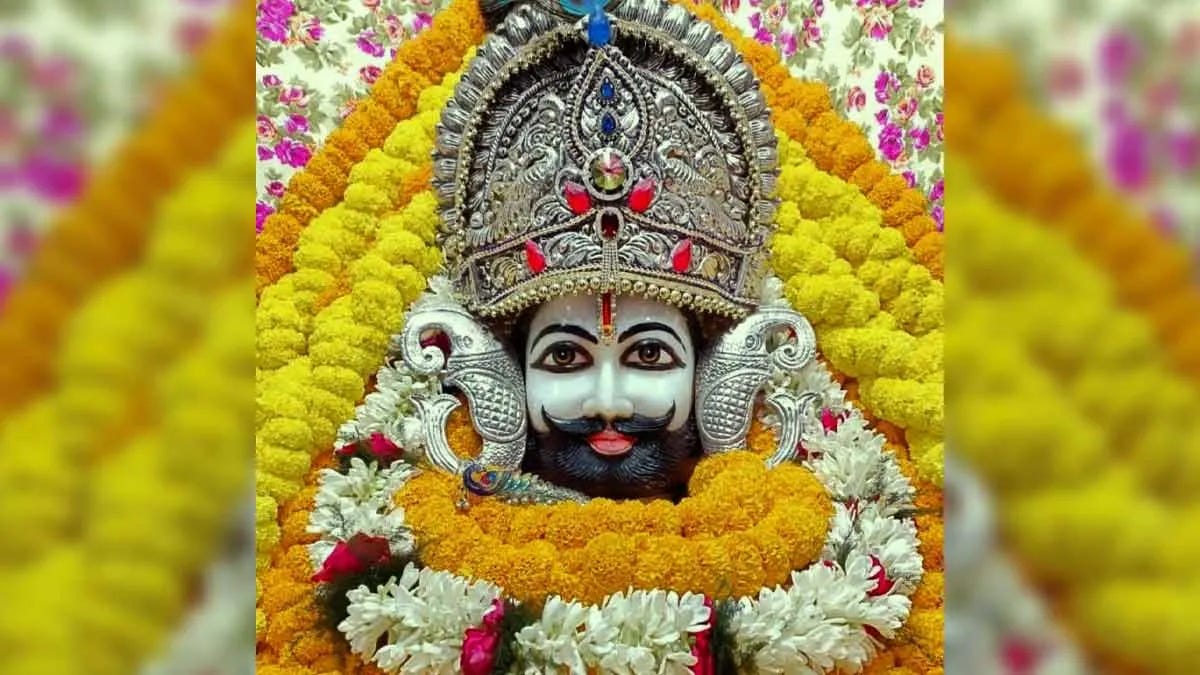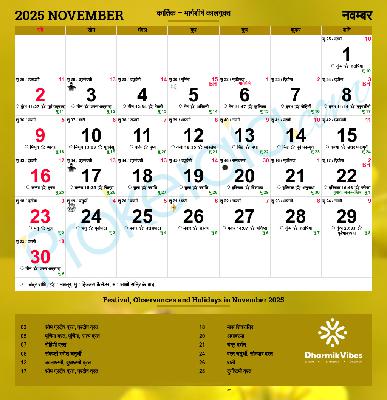Why You Must Visit Maheshwar, Madhya Pradesh’s Riverside Gem
Description
Set on the serene banks of the Narmada, Maheshwar is one of those rare towns where history, craft, faith, and slow river life blend into a single, unforgettable experience. You see fort walls rising straight from the water, hear the soft thunder of looms from inside old houses, and watch evening lamps flicker to life on the ghats - all in a single day.
If you’ve been looking for a place that feels both deeply spiritual and beautifully handcrafted, Maheshwar deserves a top spot on your list.
Where Is Maheshwar & Why Is It Special?
Maheshwar is a small heritage town in Madhya Pradesh, about 90–95 km from Indore, on the northern bank of the Narmada River.
It is known for:
* The 18th-century Ahilya (Maheshwar) Fort and its ghats
* A close association with Queen Ahilyabai Holkar, one of India’s most admired women rulers
* Maheshwari handloom weaving, especially lightweight silk-cotton sarees
* A cluster of ancient temples and a calming, river-centric way of life
Ancient texts refer to Maheshwar as Mahishmati, an important city in epic and early historic times. But it truly blossomed in the 18th century, when Ahilyabai made it her capital and turned it into a hub of temples, civic works, and weaving traditions.
A Brief History: Legacy of Ahilyabai Holkar
After the decline of the Mughal Empire, the Malwa region passed into Maratha hands. The Holkar family rose to prominence under Malhar Rao Holkar, and later, after family tragedy and political turmoil, his daughter-in-law Ahilyabai Holkar took charge in 1767 - a remarkable event for that era.
From Maheshwar, she:
* Built and fortified the fort-palace complex overlooking the Narmada
* Laid out ghats and temples that still define the town’s riverfront
* Sponsored and rebuilt temples, rest houses, and water tanks across India
* Revived the local handloom tradition, bringing weavers from different regions
Her patronage gave birth to the now-famous Maheshwari fabric, and her governance style, often described as just and compassionate, left a strong imprint. Even today, Maheshwar feels like a living museum of her vision.
Best Time to Visit Maheshwar
The ideal time is October to March, when daytime temperatures hover around 20–30°C:
* Comfortable for walking around the fort, ghats, and bazaars
* Festive time with Diwali and Narmada Jayanti, when the town is beautifully lit and buzzing
* Evenings by the river can be slightly cool - a shawl or light jacket is handy
Summer afternoons can be harsh, and the monsoon, while atmospheric, may make river activities less predictable.
How to Reach Maheshwar
By Air
* Nearest airport: Devi Ahilya Bai Holkar Airport, Indore (~95 km)
* From Indore, you can hire a taxi or use state/private buses to reach Maheshwar
By Train
* Closest station: Barwaha (~39 km)
* More convenient option: Indore Junction (~90 km), with better connectivity to major Indian cities
By RoadWell-maintained state highways connect Maheshwar to nearby cities:
* Indore to Maheshwar: ~90 km, about 2.5 hours via NH52
* Ujjain to Maheshwar: ~150 km, about 3.5 hours
* Bhopal to Maheshwar: ~270 km, about 5.5 hours
Top Experiences in Maheshwar
1. Walk Through Ahilya (Maheshwar) Fort
Perched on a hill above the Narmada, Ahilya Fort is the emotional and physical heart of Maheshwar. Built in the 18th century, it once housed the royal residence, administrative offices, and durbar hall.
Inside the complex, you’ll find:
* The Rajwada (old palace) with courtyards and arched corridors
* A life-size statue of Ahilyabai Holkar seated on a throne
* Grand gateways like Ahilya Dwar
* Old structures that hint at the vibrant court life that once filled these halls
From the fort’s edge, you get sweeping views of the Narmada River, ghats, temples, and boats drifting slowly downstream.
A portion of the fort, Ahilya Wada, is now an exclusive heritage hotel, which adds a lived-in charm to the complex rather than turning it into a silent ruin.
* Timings: Approximately 7 am – 5 pm
* Entry: Usually free (specific activities or hotel areas may have charges)
2. Explore Maheshwar’s Temples
Maheshwar isn’t just a fort town; it is also a temple town, dotted with shrines big and small. Many were built or restored under Ahilyabai’s patronage.
Some key temples to visit:
* Kaleshwar Temple
* Close to the ghats
* Dedicated to Lord Shiva
* Noted for its intricately carved pillars and domed sanctum
* Rajarajeshwara Temple
* Considered one of the oldest temples in Maheshwar
* Famous for its tradition of 11 Akhand Deepaks - lamps believed to have been burning continuously in honour of Agni, the fire god
* Kashi Vishwanath Temple
* Commissioned by Ahilyabai in the late 18th century
* Designed as a smaller reflection of the Kashi Vishwanath Temple in Varanasi
* Stepping inside feels like experiencing a piece of Kashi on the banks of the Narmada
* Baneshwar Temple
* A striking Shiva temple located on a tiny island in the middle of the river
* Estimated to be nearly a thousand years old
* Local legends say the linga was established by Banasura, a devout follower of Shiva
As you walk along the ghats, keep an eye out for smaller shrines tucked into corners and steps. Each has its own character and stories.
3. See Maheshwari Weaves Come Alive at Rehwa Society
No trip to Maheshwar is complete without experiencing its loom culture. At the heart of this is the Rehwa Society, an organisation set up in the late 1970s by the Holkar family to revive Maheshwari weaving and support local weavers.
What to expect at Rehwa Society:
* Rows of wooden handlooms in action
* Skilled artisans weaving silk-cotton sarees with delicate borders
* Motifs inspired by local temple spires, ghats, and architectural patterns
* A chance to understand the entire process — from setting up the warp to finishing a saree over several days
It’s also one of the best places to buy genuine Maheshwari textiles, including:
* Sarees
* Dupattas
* Stoles
* Fabric lengths
* Timings: Roughly 10 am – 6 pm
* Entry: Free
If you enjoy craft and slow processes, keep at least 1–2 hours just for this visit.
4. Take a Boat Ride on the Narmada
One of the most memorable ways to see Maheshwar is from the water itself.
* Boats usually operate from the ghats below the fort
* As you glide along, you see fort walls, ghats, temples, and houses forming a dramatic backdrop
* From the river, the fort looks taller and more imposing, rising almost straight out of the stone steps
Many rides halt at Baneshwar Temple on the small river island before looping back.
Best time:
* Sunrise: Soft light, fewer people, a very tranquil experience
* Sunset: Golden light on the fort and ghats, perfect for photography
Tip:
* Always confirm the fare in advance and ask roughly how long the ride will be.
5. Experience the Evening Narmada Aarti
After sundown, head to Ahilya Ghat for the Narmada Aarti.
* Priests line up with lit lamps
* The soundscape fills with bells, conches, and chanting
* Rows of diyas reflect on the water, adding to the serenity
It’s not an overly long ceremony, but it leaves you with a deep sense of calm and is a beautiful way to end your day in Maheshwar.
6. Eat Like a Local: Food in Maheshwar
Madhya Pradesh’s Malwa region is known for its hearty, flavourful food, and Maheshwar gives you a cosy, small-town version of that culinary heritage.
Must-try dishes:
* Poha–jalebi: Classic breakfast pairing - light, tangy poha with crisp, syrupy jalebi.
* Dal baafla: Wheat balls baked or boiled and served with ghee and lentils — a cousin of Rajasthani dal baati, but with its own Malwa twist.
* Bhutte ka kees: Grated corn cooked slowly with milk and spices, slightly sweet, slightly savoury, and very comforting.
* Sattvik thali: Pure vegetarian platter with dal, vegetable preparations, roti, rice, and a dessert, ideal if you want simple temple-style food.
Popular places mentioned by travellers:
* Labboo’z Café & Lodge</s

